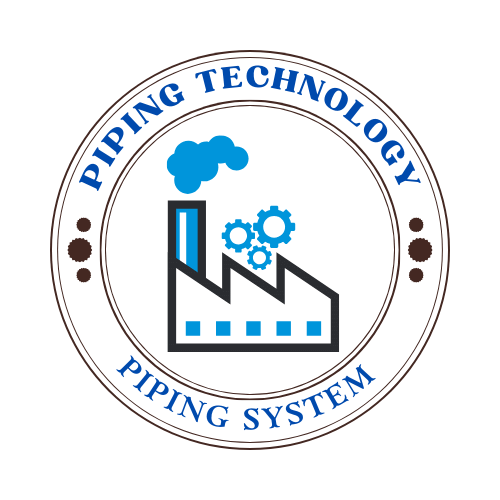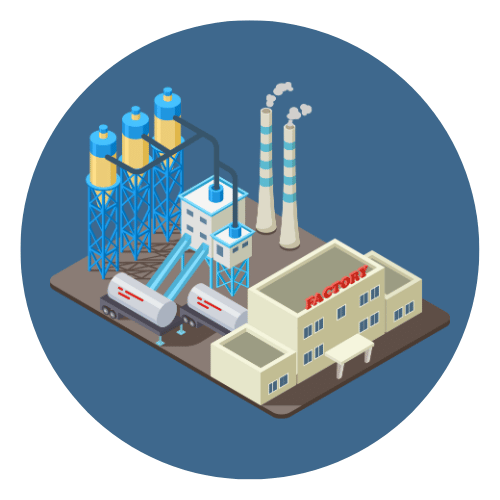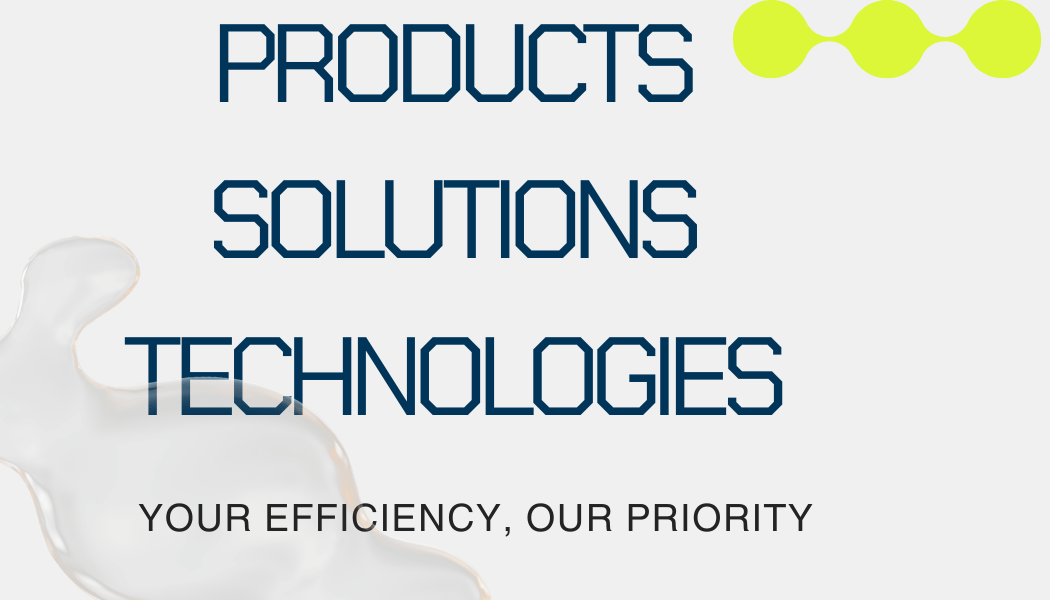
In modern electrical installations, safety, durability, and code compliance are paramount. One of the most trusted solutions for protecting electrical wiring in demanding environments is the rmc conduit, short for Rigid Metal Conduit. This heavy-duty metal tubing is widely used in industrial, commercial, and large-scale residential projects due to its strength, reliability, and robust physical protection of electrical conductors.
The rmc conduit has been a standard in the electrical industry for decades. It is known for its ability to withstand physical damage, environmental stress, and mechanical wear, making it an ideal choice for exposed applications or installations requiring a high level of protection. From urban infrastructure to manufacturing plants and mission-critical facilities, rmc conduit plays a central role in wiring systems.
But what exactly is rmc conduit, and why is it preferred over other types like EMT (Electrical Metallic Tubing), IMC (Intermediate Metal Conduit), or PVC conduit? What materials are used to manufacture it, and how does its design enhance performance and safety? Understanding the features, benefits, installation methods, and relevant codes associated with rigid metal conduit is essential for engineers, electricians, and project managers alike.
This article offers a deep dive into everything you need to know about rmc conduit, from how it is made and where it’s used, to its cost considerations and comparison with alternative conduit types. Whether you’re planning a high-voltage power distribution project or looking to upgrade electrical infrastructure in a corrosive industrial environment, knowing when and how to use rmc conduit can make all the difference.
Throughout this comprehensive guide, we’ll explore the technical aspects of rmc conduit, practical installation guidelines, code compliance tips, and real-world applications across industries. With expert insights and structured analysis, this article will serve as both a practical reference and a strategic planning tool for your electrical conduit needs.


 Automation System
Automation System  Energy Engineeing
Energy Engineeing  Instrumentation System
Instrumentation System  Mechanical Engineeing
Mechanical Engineeing  Piping Technologies
Piping Technologies  Transportations
Transportations  Manufacturing
Manufacturing  Training Material
Training Material 













